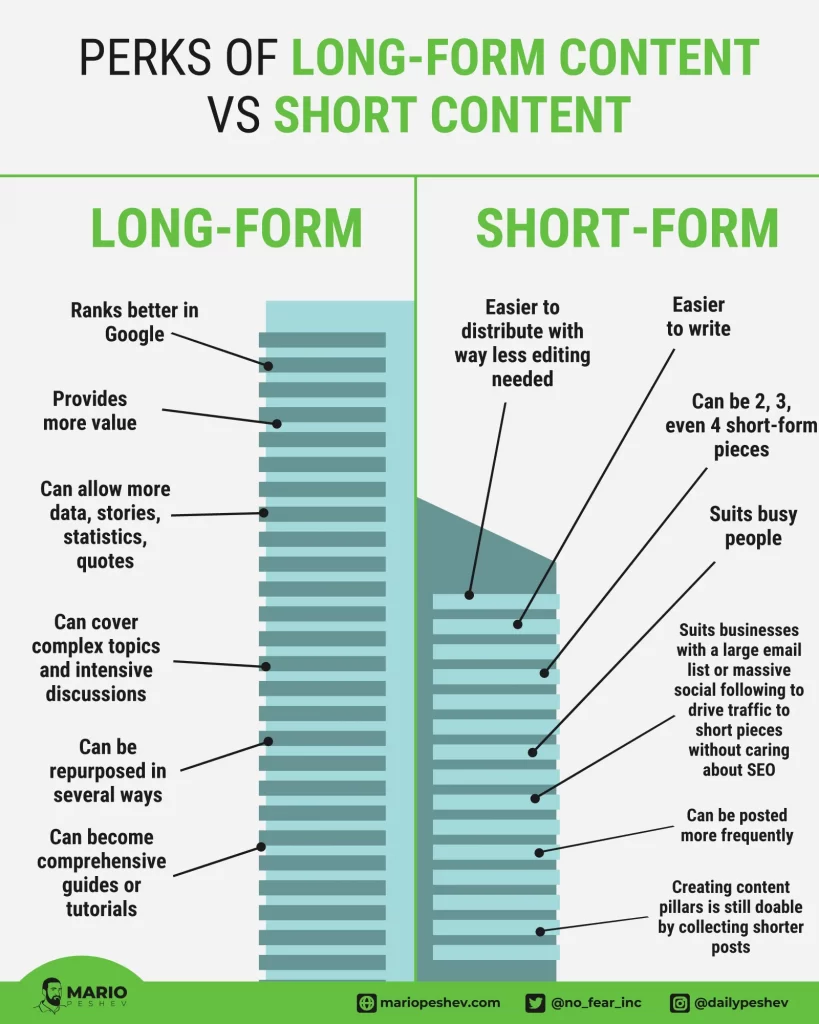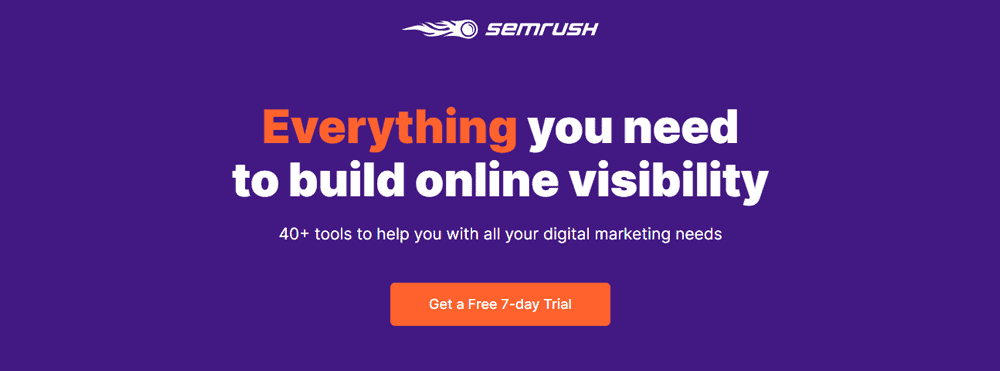SEO Copywriting: Crafting Engaging Content for Better Rankings
SEO copywriting is optimising content to improve search engine rankings and engage readers. It is a crucial aspect of digital marketing as it drives organic traffic, builds trust, improves conversion rates, and increases social shares. By understanding the importance of SEO copywriting, businesses can create content that appeals to search engines and delivers an engaging user experience.
SEO copywriting is an essential component of any successful digital marketing strategy. It involves crafting content optimised for search engines and appeals to the target audience. The goal is to create engaging and valuable content that ranks well in search engine results and resonates with readers. By achieving this balance, businesses can drive organic traffic, build trust, improve conversion rates, and increase social shares.
Importance of SEO Copywriting

Delivering an engaging user experience is essential for better search engine rankings. When visitors find the content on a website valuable and attractive, they are more likely to stay longer, explore other pages, and share the content with others. This positive user experience sends signals to search engines that the website is relevant and valuable, which can lead to improved search rankings.
To achieve an engaging user experience, there are several tips and techniques to focus on. One important aspect is to avoid familiar SEO copywriting mistakes such as over-optimising for keywords, providing overly in-depth content, and ignoring the audience. Instead, optimising for EEAT (experience, expertise, authority, and trust) is critical. This can be done by including “in our experience” and linking to trusted sources. By demonstrating knowledge and providing valuable information, businesses can build trust with their audience and improve search engine rankings.
Engaging the audience involves addressing their pain points and providing solutions. By discussing common challenges and offering practical advice, businesses can hook readers and establish themselves as a reliable source of information. For example, a fitness blog can address common workout challenges and provide tips on overcoming them. Businesses can engage readers and improve search engine rankings by understanding the audience's needs and providing valuable solutions.
Nailing the search intent is another crucial aspect of SEO copywriting. It is vital to provide the correct type of blog post format that matches the reader's search query.
By understanding what the reader is looking for and crafting content that meets their needs, businesses can improve the user experience and increase the chances of ranking higher in search engine results. For example, if someone searches for “best hiking trails in California,” a listicle format with detailed descriptions and images would be more appropriate than a lengthy essay. By aligning the content with the search intent, businesses can engage readers and improve search engine rankings.
Improving the copy structure is also vital for engaging readers. Businesses can enhance their content's readability and visual appeal by using graphics, subheadings, bullet points, and short sentences. This makes it easier for readers to scan the content and find the information they seek. Additionally, incorporating stories and examples throughout the range can keep users engaged and encourage them to continue scrolling. For example, a cooking blog can include step-by-step images and personal anecdotes to make the recipes more engaging and relatable.
Testing and optimising headlines is an effective way to improve click-through rates and search rankings. By experimenting with different headlines, businesses can find the ones that resonate the most with their audience and attract more clicks. This can lead to higher search rankings and increased organic traffic. For instance, an e-commerce website can test different headline variations for their product pages and analyse the click-through rates to identify the most effective ones.
Crafting Engaging SEO Content

Crafting engaging SEO content starts with comprehensive keyword research. Businesses can optimise their content to target specific search queries by finding relevant and valuable keywords. Keyword research tools like Google Keyword Planner and SEMrush can provide valuable insights into search volume, competition, and related keywords. By incorporating these keywords strategically throughout the content, businesses can increase their chances of ranking higher in search engine results.
Analysing top-ranking content for the same keyword is another crucial step in crafting engaging SEO content. By studying the content that is already performing well, businesses can identify what makes it valuable and find ways to make their content even more useful. This could involve providing additional information, adding unique insights, or presenting the content more visually appealing. By going above and beyond what is already available, businesses can create content that stands out and engages readers.
Understanding user search intent is crucial in crafting engaging SEO content. By creating content that meets their needs and addresses their queries, businesses can provide value and encourage readers to stay on their page. This can be achieved by conducting thorough research on the topic and understanding the target audience's common questions and pain points. For example, if the target audience is interested in sustainable fashion, a clothing brand could create content that offers tips on eco-friendly clothing choices and highlights the importance of ethical fashion practices.
Improving the overall copy structure is also vital for engaging readers. Businesses can make their content more scannable and visually appealing using graphics, subheadings, bullet points, and short sentences. This helps readers quickly find the information they seek and encourages them to stay on the page longer. Additionally, incorporating stories and examples throughout the content can keep users engaged and encourage them to continue scrolling. For example, a travel blog could include personal travel anecdotes and stunning images to captivate readers and make the content more engaging.
Testing and optimising headlines is another crucial aspect of crafting engaging SEO content. Businesses can craft compelling headlines that attract readers and improve search visibility by experimenting with different headline formats, incorporating power words, and analysing the results. This can be done using A/B testing or analysing click-through rates with tools like Google Analytics. By continuously refining and optimising headlines, businesses can improve their chances of attracting readers and driving organic website traffic.
Optimising Content for SEO

Optimising content for SEO involves various on-page details and strategies. One crucial aspect is optimising on-page SEO details such as meta titles, meta descriptions, image tags, and URL slugs.
These elements provide vital information to search engines and can significantly impact search rankings. Businesses should ensure that their meta titles and meta descriptions accurately reflect the content of each page and include relevant keywords. Additionally, optimising image tags and URL slugs can help search engines understand the context of the content and improve its visibility in search results.
Strategic use of internal and external links is another important aspect of optimising content for SEO. Businesses can enhance the user experience and establish credibility by including relevant links within the content.
Internal links help users navigate different website pages, providing additional information and improving the user experience. External links to reputable sources can support the claims made in the content and provide additional value to readers. Businesses can improve their search rankings by strategically incorporating internal and external links and providing their audience with a more comprehensive and informative experience.
Prioritising page speed and user experience is crucial for better search rankings and user satisfaction. Slow-loading pages and a poor user experience can lead to high bounce rates and lower search rankings.
To improve page speed, businesses should optimise images, minify CSS and JavaScript files, and leverage browser caching. Improving the overall user experience involves reducing pop-ups, decluttering the sidebar, and ensuring the website is mobile-friendly and responsive. By prioritising page speed and user experience, businesses can improve their search rankings and provide a positive experience for their audience.
Improving internal link organisation is another strategy to optimise content for SEO. Businesses can improve their content's overall structure and relevance by providing more detail on subtopics and indicating authority to search engines. This can be done by creating in-depth articles that cover specific subtopics related to the main content. By interlinking these articles and providing a clear hierarchy, businesses can guide users and search engines to relevant and valuable information. This helps search engines understand the context and relevance of the content, improving its visibility in search results.
- Faranda, Massimo (Author)
- English (Publication Language)
- 107 Pages – 01/18/2023 (Publication Date) – Independently published (Publisher)
Examples of Successful SEO Copywriting
There are several examples of successful SEO copywriting that can serve as inspiration. Airbnb is known for its personalised descriptions of properties. By tailoring the content to match the preferences and needs of the target audience, Airbnb engages potential guests and encourages them to book.
Backlinko is another excellent example of successful SEO copywriting with its in-depth SEO guides. These comprehensive guides provide valuable information and insights into SEO techniques, earning Backlinko a reputation as an authoritative source in the industry. These examples highlight the importance of creating high-quality content that resonates with readers and meets their needs.
Airbnb's personalised descriptions of properties showcase the power of tailored content in engaging the target audience. By using language that resonates with potential guests and highlighting unique features, Airbnb connects with its audience and encourages them to make bookings. For example, a description might highlight the stunning views from a property's balcony or the cosy atmosphere of a rustic cabin. By incorporating these personalised details, Airbnb stands out among competitors and engages potential customers.
Backlinko's in-depth SEO guides are another example of successful SEO copywriting. These guides provide comprehensive information and actionable insights into various aspects of SEO. Backlinko establishes itself as an authoritative source in the industry by offering valuable content beyond surface-level knowledge.
These guides rank highly in search engine results, attracting organic traffic and generating backlinks. For example, a link-building guide might include step-by-step instructions, case studies, and expert interviews. By providing valuable and detailed content, Backlinko engages readers and establishes trust.
Tools and Resources for SEO Copywriting

There are various tools and resources available to assist with SEO copywriting. Google Keyword Planner and SEMrush are popular tools for conducting comprehensive keyword research. These tools provide insights into search volume, competition, and related keywords, helping businesses optimise their content for relevant search queries. Grammarly and Hemingway Editor can help improve the overall quality and readability of content.
These tools highlight grammatical errors, suggest improvements, and provide readability scores, ensuring that content is error-free and easy to understand. Additionally, joining the Copyblogger Academy can provide valuable assistance and learning materials on evolving SEO copywriting strategies. The academy offers courses, tutorials, and resources to help businesses stay updated on the latest trends and techniques in SEO copywriting.
Google Keyword Planner is a powerful tool for conducting keyword research. It provides information on search volume, competition, and related keywords, helping businesses identify valuable keywords to target in their content.
SEMrush is another popular tool that offers comprehensive insights into keyword performance and competitor analysis. By utilising these tools, businesses can identify the most relevant and valuable keywords to incorporate into their content, improving their search rankings and driving organic traffic.
Grammarly and Hemingway Editor are valuable tools for improving the quality and readability of content. These tools highlight grammatical errors, suggest improvements, and provide readability scores. Businesses can use these tools to ensure their content is error-free and easy to understand, enhancing the overall user experience. Clear and concise content will likely engage readers and keep them on the page longer, improving search engine rankings.
The Copyblogger Academy offers many resources and learning materials on evolving SEO copywriting strategies. It provides courses, tutorials, and practical advice from industry experts. By joining the academy, businesses can stay updated on the latest trends and techniques in SEO copywriting, ensuring that their content remains relevant and practical. The academy's resources can help companies refine their SEO copywriting skills, optimise their content, and improve search rankings.
Emerging Trends in SEO Copywriting
As the digital landscape evolves, businesses should be aware of several emerging trends in SEO copywriting. Voice search optimisation is becoming increasingly important as more users rely on voice assistants for their search queries. By optimising content to answer voice queries and incorporating natural language, businesses can improve their chances of appearing in voice search results.
Mobile-first indexing is another trend, as search engines prioritise mobile-friendly websites and content. Optimising websites for mobile devices and creating responsive content can improve search rankings and provide a positive user experience. Video SEO is also gaining traction, with content becoming more prevalent across various platforms.
By optimising video content with relevant keywords, engaging descriptions, and eye-catching thumbnails, businesses can improve their video's visibility in search results and attract more viewers.
Voice search optimisation is an emerging trend in SEO copywriting. With the increasing popularity of voice assistants like Siri, Alexa, and Google Assistant, more users are conducting voice searches.
To optimise content for voice search, businesses need to consider the natural language used in voice queries. This means incorporating long-tail keywords and conversational phrases into the content. For example, instead of targeting the keyword “best running shoes,” businesses could optimise for a voice search query like “What are the best running shoes for beginners?” By understanding and optimising voice search, companies can improve their chances of appearing in voice search results and reaching a broader audience.
Mobile-first indexing is another critical trend in SEO copywriting. With most internet users accessing content through mobile devices, search engines prioritise mobile-friendly websites.
To optimise content for mobile-first indexing, businesses should ensure that their website is responsive and provides a seamless user experience across different devices. This includes optimising page load speed, using mobile-friendly layouts, and ensuring that content is easily accessible on smaller screens. By prioritising mobile optimisation, businesses can improve their search rankings and provide a positive user experience for mobile users.
Video SEO is also becoming increasingly important in SEO copywriting. With the rise of video platforms like YouTube and the popularity of video content on social media, businesses can leverage video to improve their search rankings.
Companies should use relevant keywords in titles, descriptions, and tags to optimise video content for SEO. They should also create engaging and informative videos that resonate with their target audience. By optimising video content, businesses can improve their visibility in search results, attract more viewers, and drive organic traffic to their websites.
- Garfinkel, David (Author)
- English (Publication Language)
- 154 Pages – 07/07/2017 (Publication Date) – CreateSpace Independent Publishing Platform (Publisher)
Challenges and Solutions in SEO Copywriting
While SEO copywriting offers many benefits, there are also challenges to overcome. One common challenge is the constant evolution of search engine algorithms, which requires staying informed and adapting strategies accordingly.
To address this challenge, businesses should stay updated on the latest SEO trends, follow industry blogs and forums, and continuously analyse and optimise their content. This includes conducting regular keyword research, monitoring search engine updates, and staying informed about changes in ranking factors. By being proactive and adaptable, businesses can navigate the ever-changing landscape of SEO and maintain their search rankings.
Creating high-quality content that stands out in a competitive digital landscape can also be challenging. With the vast amount of online content, businesses must find unique angles and provide valuable insights to engage their audience.
Companies can hire professional SEO copywriters who specialise in creating high-quality and optimised content to overcome this challenge. These experts deeply understand SEO principles and can help businesses craft content that resonates with their target audience. By leveraging the expertise of professional copywriters, companies can ensure that their content is well-crafted, engaging, and optimised for search engines.
Conclusion
SEO copywriting is vital in improving search engine rankings and engaging readers. Businesses can enhance their online presence and drive organic traffic by delivering an engaging user experience, crafting valuable content, and optimising for SEO best practices. Adapting to emerging trends, addressing challenges, and utilising the right tools and resources will ensure continued success in SEO copywriting. By following the tips and techniques discussed in this article, businesses can craft engaging content that ranks well in search engine results and resonates with their target audience, increasing visibility, credibility, and conversions.
In conclusion, SEO copywriting is a powerful tool for businesses to improve search engine rankings and engage their audience. Companies can drive organic traffic, build trust, and increase conversions by understanding the importance of delivering an engaging user experience, crafting valuable content, and optimising for SEO best practices.
Avoiding familiar SEO copywriting mistakes, understanding the audience's search intent, and improving the overall copy structure are crucial. By conducting comprehensive keyword research, analysing top-ranking content, and optimising on-page details, businesses can create content that ranks well in search engine results and provides value to readers.
Additionally, staying updated on the latest trends, utilising tools and resources, and addressing challenges will ensure continued success in SEO copywriting. By implementing these strategies, businesses can craft engaging content that improves search engine rankings and delivers a positive user experience.
Last update on 2025-06-30 / Affiliate links / Images from Amazon Product Advertising API
